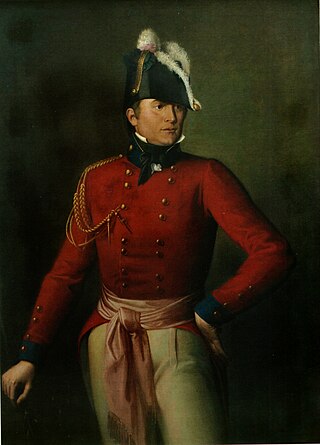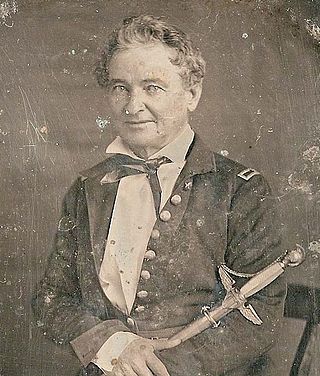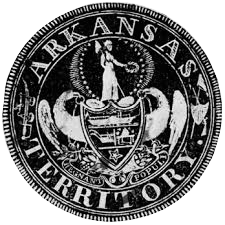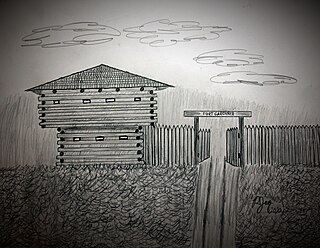Military career
Smith was commissioned as a second lieutenant of artillery on December 15, 1803, and promoted to first lieutenant on December 31, 1805. [1] In October 1806, General James Wilkinson used Smith, then serving as Wilkinson's aide, as a courier to transport letters relating to the Burr conspiracy to President Thomas Jefferson. [2] : 319
Smith enjoyed the support of Senator William H. Crawford (whose present-day namesake Crawford County, Arkansas, lies across the Arkansas River from its neighbor Fort Smith) and Congressman George M. Troup, both of Georgia. It is unclear whether patronage was involved but Smith, now an experienced officer, was promoted to captain in the Regiment of Riflemen on May 3, 1808. When Lieutenant Colonel William Duane proved unequal to the task of being second in command of the Regiment of Riflemen, Smith was promoted to lieutenant colonel on July 31, 1810, and replaced Duane; he was promoted over John Fuller, the major in the regiment, who left the Army. [3] : 13–23
A group of Georgians, calling themselves "Patriots", crossed into Spanish East Florida and, on March 17, 1812, captured Amelia Island from the Spanish garrison. The Patriots then "ceded" Amelia Island and the surrounding area to the United States. On April 12, 1812, Smith led two companies of riflemen who occupied Fort Mose, Spanish East Florida as part of the Patriot War of East Florida. The riflemen received little support from the US Government or the Patriots. Smith attempted a siege of St. Augustine, Florida, but his supply lines were not secure and the Spanish garrison of Castillo de San Marcos threatened his command. The Spanish counterattacked Fort Mose and Smith retreated to an encampment further from St. Augustine, Florida. On May 16, 1812, the Spanish set fire to Fort Mose to prevent its reoccupation. All US troops were withdrawn from East Florida by May 1813. [4] : 2 [5] Troops retreated to Point Petre, Georgia, under the leadership of Captain Abraham A. Massias. [3] : 27–28
On July 6, 1812, Colonel Alexander Smyth left the regiment to become Inspector General of the Army and Smith was promoted to colonel and assumed command of the regiment. [3] : 13–23 [5]
During the War of 1812, elements of the Regiment of Riflemen were allocated to different commands and rarely fought together. On January 24, 1814, Smith was promoted to brigadier general. He relinquished command to the riflemen to George W. Sevier and assumed command of a light infantry brigade near Plattsburgh, New York. In September 1814, Smith's brigade, including elements of the Regiment of Riflemen, proceeded to join forces operating near Niagara, New York. They failed to arrive before the campaign season ended in December. Smith was allowed to take leave in Knoxville, Tennessee. While he was on leave, the war ended. [2] : 320 [3] : 47
Following the end of the War of 1812, the Army was reduced in size. Smith was retained but reverted, on May 17, 1815, to his earlier rank of colonel; however, he was concurrently brevetted as a brigadier general postdated to January 24, 1814, the date of his wartime promotion. [1]
In July 1815, Smith was ordered to report to St. Louis, Missouri, and arrived on September 1, 1815. He resumed command of the Regiment of Riflemen. [2] : 320 [3] : 69
During Smith's tenure, the Regiment of Riflemen founded Fort Armstrong, Rock Island, Illinois; Fort Crawford, Prairie du Chien, Wisconsin; Fort Howard, Green Bay, Wisconsin; and Fort Smith, Arkansas. The last was named after Thomas Smith and a community grew up around the fort. After a few years, the Army abandoned the installation, but the city of Fort Smith remained, and continued to grow. Throughout the twentieth century, it was the second-largest city in Arkansas. [3] : 69
Smith resigned from the Army on November 10, 1818. [1]










